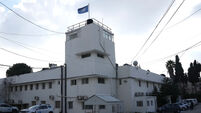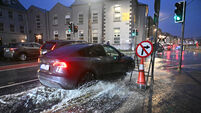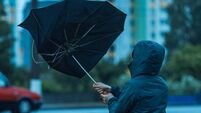Police step up efforts to clear last survivors from New Orleans
Using the unmistakable threat of force, police and soldiers went house to house to try to coax the last 10,000 or so survivors of Hurricane Katrina to leave storm-shattered New Orleans because of the risk of disease from the putrid, sewage-laden floodwaters.
“A large group of young armed men armed with M-16s just arrived at my door and told me that I have to leave,” said Patrick McCarty, who owns several buildings and lives in one of them in the city’s Lower Garden District. “While not saying they would arrest you, the inference is clear.”














